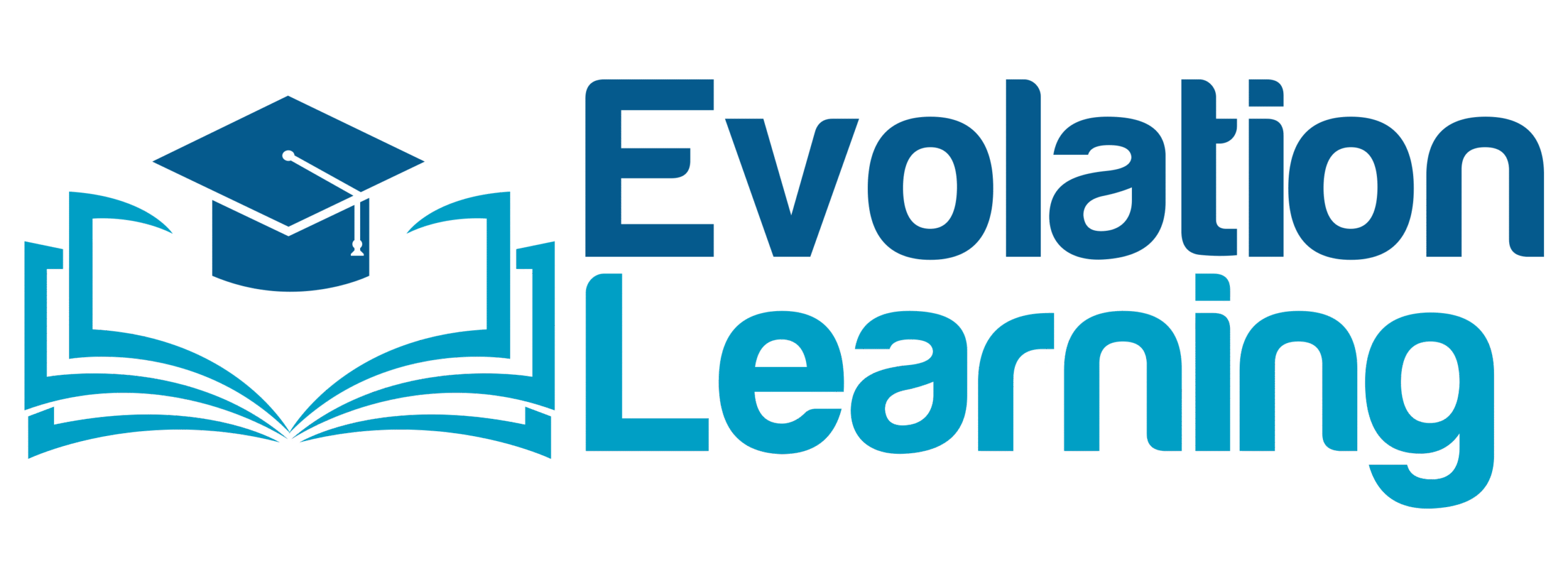Working in Early Childhood Education and Care can be a challenge especially when dealing with behavioural problems. The techniques used by educators when dealing with children’s behaviour are obviously going to be different than those used by parents. The aim is to provide the children with a positive atmosphere and establish opportunities for recognising and reinforcing appropriate behaviour.
The key to promoting positive behaviour in children is to form positive relationships with them.
There are many ways to do this, including communicating with respect and sincerity and providing activities to encourage positive interaction
Modelling positive relationships
Everything you say and do when you’re around children can influence their perception of appropriate behaviour and ways of expressing feelings.
Prevention is much easier than a cure, and it is far easier to guide a child positively than have to implement behaviour management strategies after an issue arises!

Use positive reinforcement
Positive reinforcement involves the addition of something to increase a response, in childcare we use praise as a reward rather than a physical ‘present’.
Our responses can be both verbal and non-verbal communication. Non-verbal communication includes:

Don’t restrict your guiding interactions to improving negative behaviour. Ensure you recognise good behaviour as well. Encourage desired behaviours such as respectful and appropriate behaviour to continue by using positive reinforcement.
The aim is for children over time to rely less on adults to guide them as they develop their self-control and understand what acceptable behaviour is.
With this aim in mind, the following points may assist in developing behaviour guidance strategies:
- Establish positive relationships, which are the foundation for building children’s self-respect, self-worth and feelings of security
- Observe children to identify triggers for behaviours of concern. Pay attention to the child’s developmental level and any program issues that may be impacting on the behaviour
- Use positive approaches to behaviour guidance. Some of these include positive acknowledgement, redirection, giving explanations, encouragement, giving help, collaborating to solve problems and helping children to understand the consequences and impact of their behaviour
- Support children by providing acceptable alternative behaviours when behaviours of concern occur
- Ensure limits are consistent, carried out in a calm, firm manner, followed through and that children are helped to behave within the limits
- Involve the family and the child in appropriate ways in addressing behaviours of concern
- Use other professionals when necessary to help with behaviour guidance
- Identify children’s strengths and build on them
- Seek support from other staff members or family day carers and management.
Once the behaviour has been acquired, it is often a good idea to switch to a partial reinforcement schedule. The four main types of partial reinforcement are:
- Reinforce when a child is behaving in the correct manner
- Try to ignore bad behaviour
- If children get a positive reaction when they are behaving well, they are more likely to repeat the behaviour.
- Prevent children from seeking attention when behaving poorly.
Communication techniques educators can use to support positive reinforcement are:
- Use a quiet, even tone of voice
- Lowering the volume and pitch of the voice
- Calm repetition of instructions/directions
- Establish eye contact
- Providing verbal assistance to clarify misunderstandings
- Repositioning children/resources/materials
- Encouraging children to problem-solve
- Diversionary techniques
- Removal of stimuli
- Physical restraint only if the safety of any children is at risk.
Use positive reinforcement
Positive reinforcement involves the addition of something to increase response, in childcare we use praise as a reward rather than a physical ‘present’.
Our responses can be both verbal and non-verbal communication. Non-verbal communication includes:
Recognise and reinforce appropriate behaviour
When a child is doing well, it’s important to acknowledge their efforts through words or gestures. Positive reinforcement helps children build self-esteem and encourages them to continue with the desired behaviour. It’s vital to recognise and reinforce the specific behaviour as well as the child’s efforts.
Examples:
- If you observe a child taking turns, you would respond “Thank you, Jack, for taking turns with Clarissa. That’s very kind of you to take turns with your friend”.
- When you see a child helping to pack away, you would respond “Thank you for helping to pack away Ahmet. The room looks very tidy.”
- If you see a child involved in an activity, you can make a point of going over to them and comment on their behaviour and achievement. “What a colourful painting Philippe. You should be proud of your painting. You worked very hard on it.”
Please note that all the topics and assessment tasks must be completed for you to be able to receive your certificate.
Please ensure this is checked before making a request regarding your certificate.

